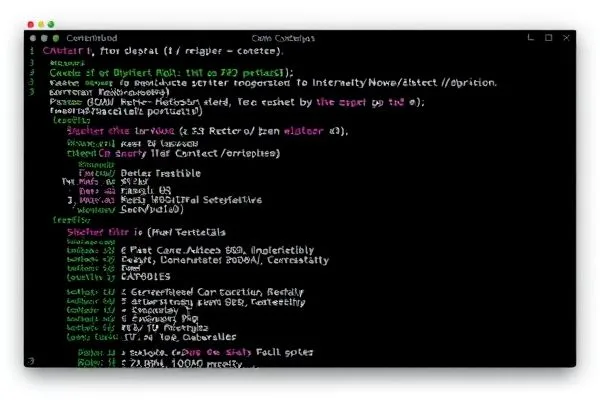In an era where artificial intelligence (AI) is reshaping business landscapes, the cautious enterprise must navigate the complexities of AI adoption while prioritizing data integrity and privacy. Risk-sensitive organizations are required to develop robust strategies that enable them to harness the benefits of AI without compromising on their core values.
Understanding the challenges that accompany AI technologies is paramount for these enterprises. The implementation of AI workflows necessitates a balanced approach; leaders must evaluate the implications of data handling, model accuracy, and user trust. Here, we present a guide that highlights essential techniques for integrating AI responsibly within risk-sensitive environments.
First and foremost, ensuring the accuracy of Large Language Models (LLMs) is critical. Techniques such as fine-tuning models on relevant datasets can dramatically improve performance in specific domains, reducing the risk of misinformation and enhancing reliability. In conjunction with accuracy, implementing guardrails is essential. These guardrails act as safety nets, establishing boundaries around AI outputs and minimizing the likelihood of errors that could lead to data breaches or privacy violations.
Another effective strategy is to run AI models locally within the organization’s workflow. This approach significantly mitigates risks associated with data transfer to cloud services, ensuring that sensitive information remains within the corporate environment. By facilitating local processing, enterprises can maintain greater control over their data and reduce exposure to external threats.
In summary, as enterprises embark on their AI journeys, a comprehensive understanding of risk management strategies is essential. By focusing on LLM accuracy, establishing guardrails, and implementing local processing, organizations can confidently integrate AI technologies while safeguarding their data integrity and privacy.
Takeaways:
1. Prioritize accuracy in AI models through relevant fine-tuning to mitigate misinformation risks.
2. Implement guardrails to establish boundaries and enhance the reliability of AI outputs.
3. Consider local model execution to maintain data control and reduce vulnerabilities to external threats.
FAQs:
1. What are LLMs, and why is their accuracy crucial for enterprises?
Large Language Models (LLMs) are advanced AI systems that generate and understand human-like text. Their accuracy is vital because inaccuracies can lead to misinformation, impacting decision-making and trust.
2. How do guardrails work in AI implementation?
Guardrails are predetermined limits that control the output of AI models, preventing erratic or inappropriate responses that could jeopardize data privacy and integrity.
3. What are the benefits of running AI models locally?
Running AI models locally minimizes the risk of data exposure during cloud processing, ensuring sensitive information remains secure within the organization’s environment.
For more information about best practices in AI integration for enterprises, you may refer to this insightful resource: https://www.forbes.com/sites/bernardmarr/2021/01/18/artificial-intelligence-in-business-5-top-use-cases/?sh=7232c31439a4.









